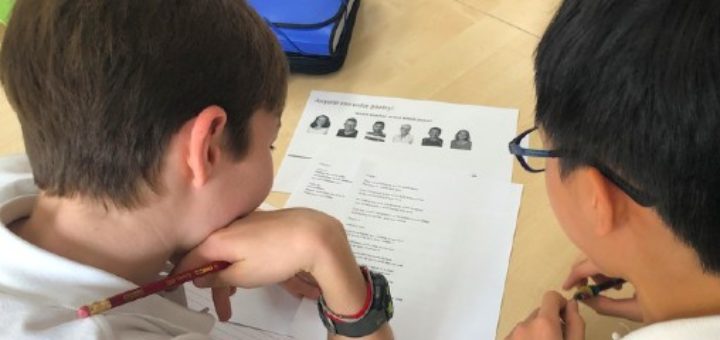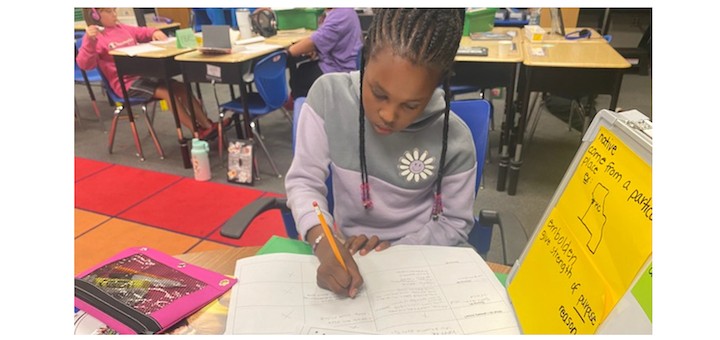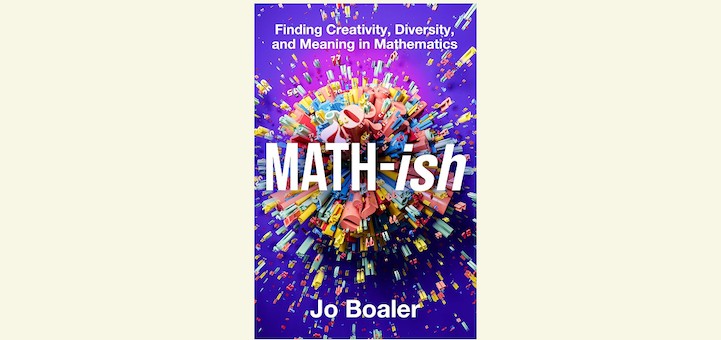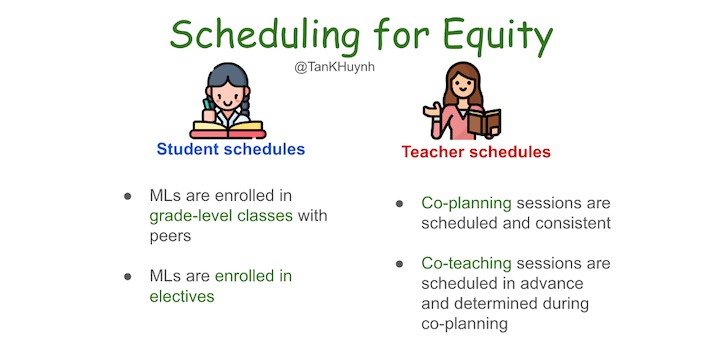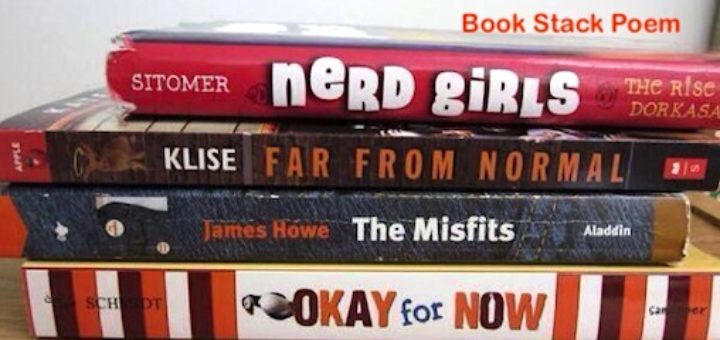Family’s Holocaust Story Too Graphic for District
Media literacy educator Frank Baker never imagined that his graphic novel – a true family saga of the Holocaust – “would be criticized and restricted in the middle schools of a district near where I reside.” He tells what happened in this contribution to Banned Books Week.


